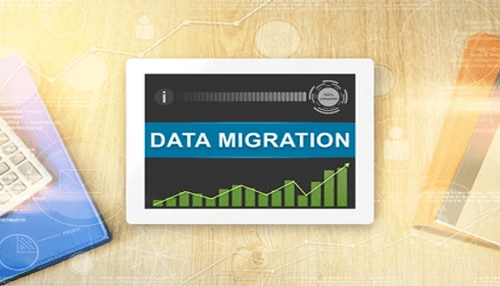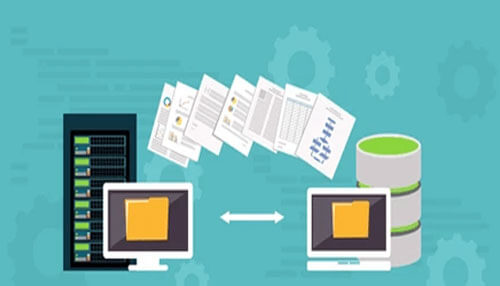In today’s digital age, data is vital to all companies. The IT landscape is rather complex and available in different data systems, data storage devices and formats. New applications and systems are being introduced. Outsourcing data and application to cloud or expansion of storage and system capacities have made Data Migration mandatory. However, the question is what approach to take for data transfer to other systems, to other formats and data stores. Following expert tips can help you derive superior quality, clean data on successful project completion.
Data migration tips to follow
1. Develop detailed concept:
It should include migration procedure, organizational, technical requirements and proper planning. Moreover, you need to be aware of what to migrate and how best it fits within the target system. Also get to know the volume of data to transfer and its appearance. Migration plan is likely to describe all individual steps to be taken. It also states what downtime, who is likely to be affected, compatibility issues, potential technical difficulties, etc. It also includes data integrity management and its protection during migration. Also is considered schedule setting along with project issues faced, considering the design, target system and data that need to be transferred.
2. Give it due importance:
With successful Data Migration, the company is in a better position to develop crucial prerequisite to enable future success. But devastating consequences will be faced if things go wrong. Business operation is likely to experience negative impact. Hence, experts suggest that your approach taken should give migration its due importance. It should be rather considered as another project. Thus, you may develop the required techniques, tools and capacity to monitor and control the procedure. Some companies prefer to undertake migration as larger project. However, overall project might fail if schedule gets postponed and things go wrong. Project success can be increased with systematic and step-by-step migration process.
3. Clean inventory before undertaking migration:
Carry along only what is desired and eliminate the rest. Free unwanted data, duplicates, errors and old burdens. Problems existing within the source data might have significant impact if transferred to more complex, new system. First define data scope. Then start content cleansing. Use duplicate matching, data cleansing and address cleansing. Such helpful tools will allow help with auto running of different procedures. They validate data and enrich it with information derived from enterprise data and geodata providers. Data cleansing allows you to start migration using validated, superior quality data. This, in turn, leads to completing tasks much quickly and leading to fewer errors. Clean data is vital to enhance company competitiveness and performance through Data Migration.
4. Give sufficient time for migration:
Avoid tight migration schedules. Long ERP system usage combined with more extensive data might only lead to more difficulties during migration. It can be the result of some unexpected technical issues or incorrect database. If you rush with making migrated data to be used productively, then chances are it will have far-reaching and unpleasant consequences. Repeated tests can help avoid such issues. Test is generally performed with real data. Responsible users should carry out timely testing and generic data validation of all application procedures. This should be made an essential part of migration procedure to identify as well as avoid data errors.
5. Involve business departments in migration process:
The departments that regularly use data knows better. Hence, it is not possible for IT staff to carry out migration alone. All concerned business departments are to get involved with the procedure from start to finish. They should be updated on the happenings. Business department employees are also to offer vital information on migrated data quality. This way, subsequent analyses and problem cases could be reduced or prevented. High quality data allows users to use error-free and secure data.
Following these data migration tips is crucial to ensure small business is able to carry out migration effectively.



